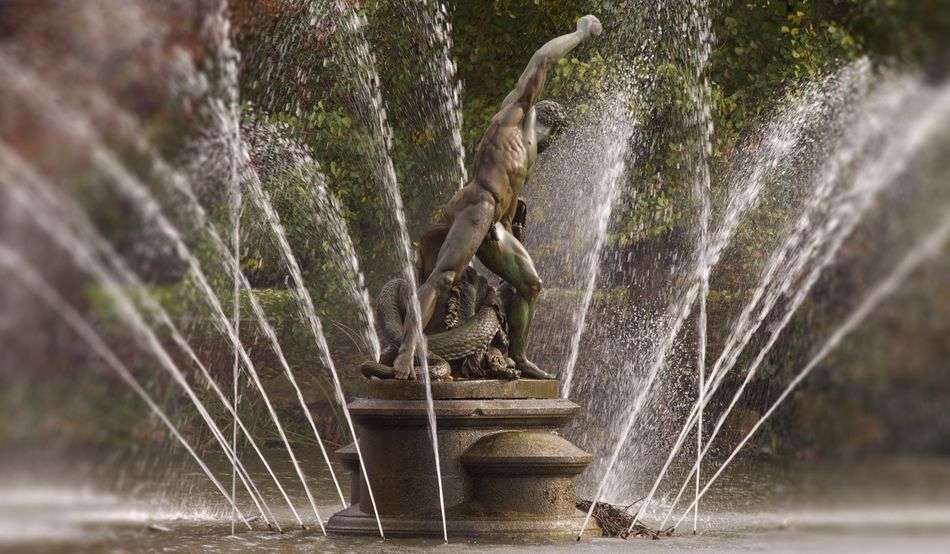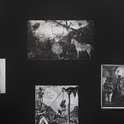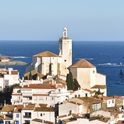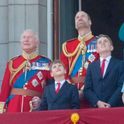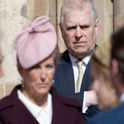If you’ve visited Kew Gardens any time in the last 60-odd years, you may be familiar with a giant bronze fountain in the pond next door to the magnificent Victorian Palm House. The fountain is, itself, rather striking—a colossal 10-foot-tall nude Hercules poised to smite a writhing scaly serpent coiled between his legs.
Except that, if you have visited the Gardens very recently, the fountain is no longer there. King Charles decided he wouldn’t mind it for a private part of the Windsor Estate. And so, on the evening of 22nd October, Hercules was quietly “disappeared” from Kew and discreetly packed off for the King’s personal pleasure.
This is a mystery wrapped in an enigma. There’s no question that the King is entitled to reclaim the statue: this is not a Louvre-style heist. But quite why a public space should be denied such a prominent work of art at a time when the royal family’s personal wealth is under some scrutiny is baffling.
The giant statue of Hercules and Achelous was cast by Charles Crozatier from a Bosio marble sculpture, using recycled cannons, at the request of George IV, who purchased it in 1829 for £1,260. An 1860 photograph of the North Terrace at Windsor Castle suggests that the work was initially installed there before being moved to the East Terrace Garden pond in 1909. There had been a plan to re-situate it at Hampton Court Palace in the 1950s, but that was abandoned for lack of funds.
In 1963, the Queen agreed to rescue Hercules from the store (it is officially owned by the Royal Collection) and have it moved to the Royal Botanic Gardens, and it has been there ever since. The official inauguration was overseen by Geoffrey Rippon, Minister of Public Buildings. The fountain must have been admired by many millions of visitors to Kew in the past 62 years.
And now it is gone. Kew’s director, Richard Deverell, is said to be “surprised” that the King thought it was a good idea to claim back the statue which the King’s mother “gave” to Kew, and is somewhat dismayed that it has left Kew with the problem and cost of replacing it. Officially, Kew is “exploring options” for what to do, though Mr Deverell entertains the idea of commissioning an exact replica, which would involve scanning the original. That could take at least nine months and could cost a great deal.
Mr Deverell is believed to understand that the statue is going to a private part of the Windsor Estate. Having been seen by millions, it would in future be mostly invisible to the public eye. The Royal Family has thus inverted the mantra of Percy Bysshe Shelley via Jeremy Corbyn: “For the Few, not the Many.”
The King is spoiled for choice when it comes to art. The vast Royal Collection, which is notorious for its unwillingness to lend works, boasts 7,000 paintings, 500,000 prints and 30,000 drawings and water colours. The King has personal access to more than 1,800 sculptures by European artists, recently celebrated in a four-volume catalogue. They include works by Benvenuto Cellini, Antonio Canova and Barbara Hepworth.
But to whom that hath shall be given, and if there is a corner of the Windsor Estate that would be enhanced by a gargantuan 19th century action hero statue, who are we to argue?
I asked Buckingham Palace and the Royal Collection why Charles had the statue removed from Kew Gardens and returned to Windsor, and where it would be located. A Royal Collection Trust spokesperson replied: “It was agreed between Royal Collection Trust and Royal Botanic Gardens, Kew that the statue of Hercules and Achelous would return to its historic location at Windsor Castle in autumn 2025, having been on loan to Kew since 1963.”
The timing might nevertheless be thought a little tactless. The King is currently embroiled in a Herculean battle of his own to wrestle his brother Andrew out of a neighbouring property in Windsor Park, Royal Lodge, where he has squatted rent-free for decades.
Elsewhere in Windsor Great Park a 150-acre “exclusion zone” has been declared around the eight bedroom “forever home” in which Prince William and Kate Middleton have settled. According to the Sun, anybody who fails to heed the warnings of a series of “no trespassing” signs could face immediate arrest, perhaps caught on the state-of-the-art CCTV cameras said to have been set up near the “no-go zone”. Locals who have walked their dogs in the ancient-oak-studded open fields for decades have been told to go elsewhere.
The mounting public disquiet over Andrew’s privileges may well lead to MPs breaking with convention and discussing the Royal Family’s living arrangements and unimaginable wealth. In addition to nine so-called Occupied Royal Palaces (ORPs), there is a scattering of other houses, cottages, parks and castles—never mind Balmoral and Sandringham. In addition to all of these, the King owns more than 300 residential properties close to Sandringham. Then there is Anmer Hall, an 18th century 10-bedroom manor in Norfolk given to the Prince and Princess of Wales by the late Queen. The King also owns a former farmhouse in Zalanpatak, Romania, close to the Carpathian Mountains.
If the Andrew/Royal Lodge stand-off continues for much longer it’s entirely conceivable that MPs will start asking the truly uncomfortable questions about the mind-boggling sums—more than £50m last year—that flow into the personal coffers of the King and Prince William from the Duchies of Lancaster and Cornwall, on top of the official Sovereign Grant.
The King can take what he wants. In 1840 Kew Gardens, originally in the ownership of the Crown, were handed over to the public in a remarkable act of philanthropy. The reclaiming of the statue of Hercules is an act of reverse philanthropy. It’s tiny enough in the grand scheme of things, but small gestures sometimes carry larger symbolism.
For the few, not the many.
